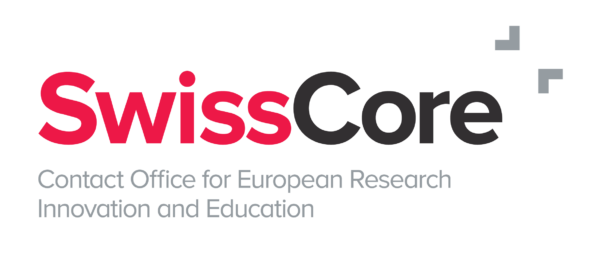The EU Industrial R&D Investment Scoreboard shows a promising increase of 8.9% of industrial R&D investments in 2021, 11.1% more than 2020.
On 13 December 2022, the European Commission (EC) published the 19th edition of the yearly EU Industrial R&D Investment Scoreboard. It is a tool to benchmark EU companies and compare them with their global competitors. It should allow monitoring of R&D investment trends and provide retrospective analysis. The data gathered for the report are publicly available, so that all interested parties can do their individualised analyses as well. The report considers the most recent economic and financial information based on the latest published audited accounts from 2021, regarding the world’s top 2’500 R&D industrial investors and the top 1’000 investors in EU countries. An interactive online version of the report was also prepared by the responsible Joint Research Center (JRC).
Companies with headquarters in 41 countries were listed in the report, each of them invested in 2021 more than €48.5 million in R&D, summing up to a total investment of a record-breaking €1’093.9 billion, resembling 86.3% of the worlds’ total business-funded R&D. All 361 EU-based companies combined invested €192.8 billion, which equals 17.6% of the total global investment; the US companies account for 40.2%, the Chinese for 17.9%, the Japanese for 10.4% and the remaining companies from all over the world for 13.9%. There are 54 Swiss companies like Roche, Novartis, Nestlé, Syngenta or ABB listed. Switzerland is exceptionally strong in the health sector.
The scoreboard suggests that the EU industry and global industry is back on track in R&D investments. The EU had an overall 8.9% increase in industrial R&D investments in 2021, compared to -2.2% in 2020 due to the pandemic. Also, Switzerland with 10.8%, follows the development, which is globally at 14.8%. The US with 16.5%, and China with 24.9%, are significantly outpacing Europe, especially in information and communication technologies (ICT). Meanwhile, the EU remains a global leader in R&D investments in the automotive sector, especially in the light of electrification and digitalisation, even if this is challenged by countries with stronger ICT sectors like the US in chip design or Taiwan and Korea in chip manufacturing. Moreover, the EU can put forward a broad sectoral and geographical diversification, which is missing in countries like the US, where mainly ICT R&D is funded. The four key sectors, namely, ICT producers, the health industry, ICT services and automotive, are dominating the global tech race.
The top 1’000 EU companies include a substantial number of SMEs, notably in the health and ICT sectors. This is a welcoming signal for the target groups of the New European Innovation Agenda (NEIA), which addresses scale-up and growth in emerging deep and breakthrough tech, tries to trigger spillover between sectors, and promotes innovative policies in the framework of the updated industrial strategy.
According to the scoreboard, EU companies are at the forefront of green tech and circular economy when it comes to patents and pursuing UN Sustainable Development Goals (SDGs). Moreover, a new aspect of corporate innovation strategies captured by the scoreboard was corporate venture capital (CVC). CVC increased over the past 20 years, and currently two-thirds of the scoreboard companies are using it. The problem is that about 80% of EU CVC funds go to US-based start-ups.
The scoreboard is not showing any effect of the war in Ukraine, due to the origin of the data from 2021. However, the 2022 Survey on EU Industrial R&D Investment Trends mentions some early feedback on the situation and its effects. The war in Ukraine caused delays in existing projects, especially in aerospace, defence, construction, health and automobile, but 80% of the responding companies, which belong to the 1’000 top EU investing firms from the previous scoreboard (2021), also started new projects as a direct result of the war. 86% reported no changes in their R&D investments. Furthermore, the survey conducted from June to September 2022 presents a positive forecast of the companies. Even if the economic prospects worsen due to the war, the companies expect sales, profits and employment to increase in 2022 and 2023, which is also a good sign for R&D investments.
The results of the Scoreboard support some crucial research and innovation policy aspects, like the importance of private investments and the need to include them in projects like the European Research Area (ERA), the Digital Compass or the NEIA. The EU tries to accelerate and incentivise private investments by funding public-private research collaborations with Horizon Europe, InvestEU, or the National Recovery and Resilience Plans under the NextGenEU programme.
Goals should be to further facilitate growth of innovative StartUps and SMEs, tie tighter bonds between research and industry using the European Partnerships, Missions or Alliances and harvest more of the inhouse corporate venture capital for European Projects. It stays an ongoing balancing act between strategic autonomy, industrial transformation, economic competitiveness and global cooperations in research and innovation.

